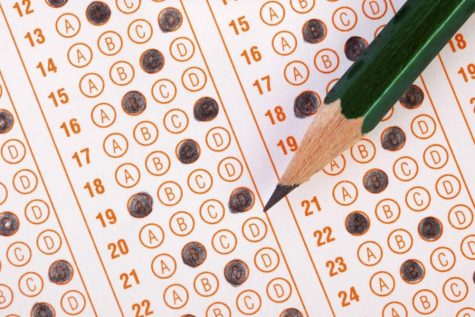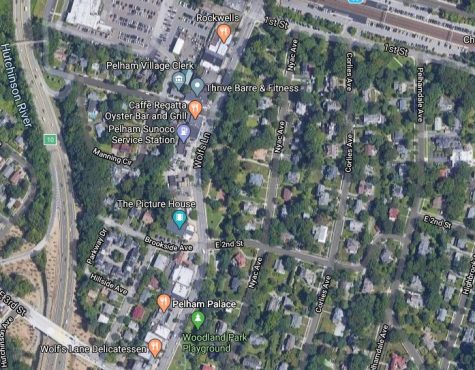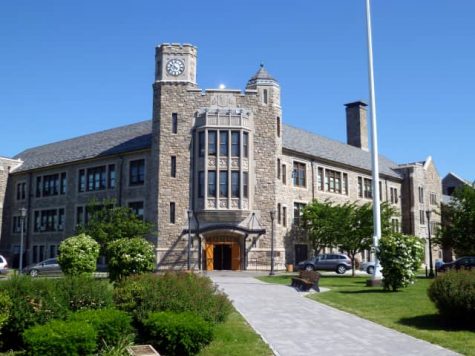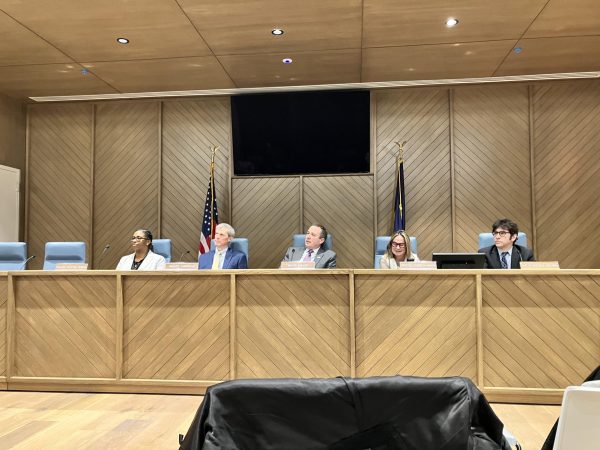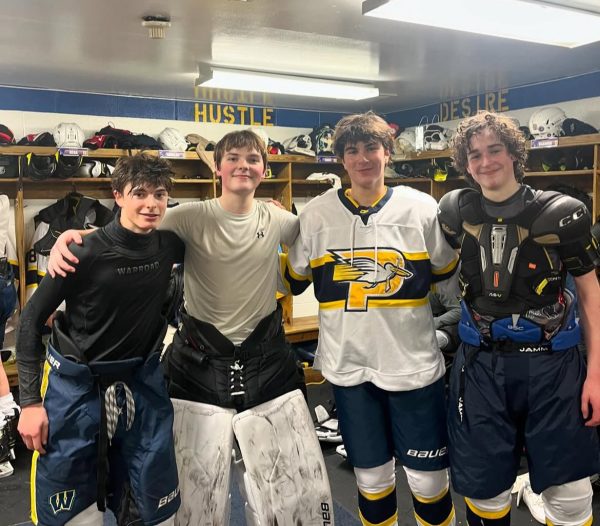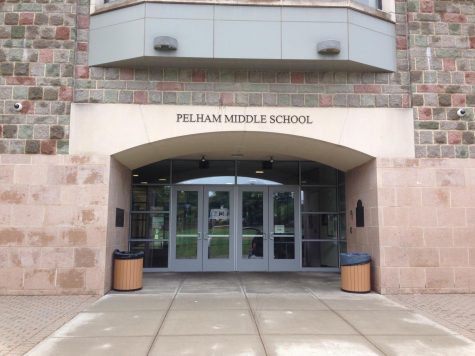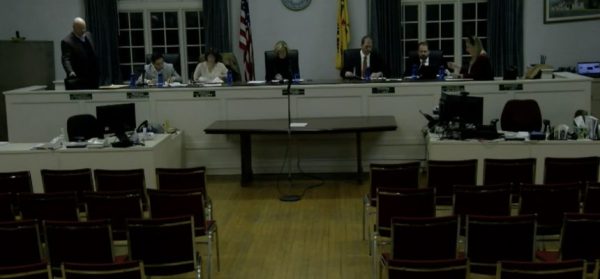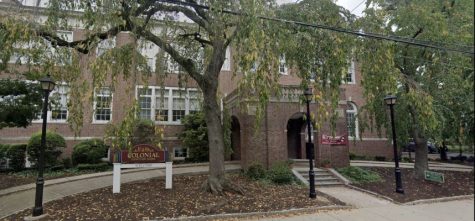Waiting for school administration to take real responsibility after anxious hours on that Monday
The first few days of November were certainly a whirlwind, but soon it felt like things were finally calming down. The imminent threat of a school shooting was no longer suffocating the hallways, and those who had left school early that Monday were making up the work they missed. Then came the assembly.
During my fourth period class that Wednesday, I was ushered into the auditorium for what was, for lack of a better phrase, a disaster. For those not aware, the assembly consisted of a pseudo-Q&A session with the principal (Superintendent Dr. Cheryl Champ was present but chose not to speak), where it felt more like the principal showing off how well he can dodge questions than a true commitment to clarification. At times the atmosphere turned ridiculous, such as when the principal said that one of the precursor events to Nov. 1’s fleeing of the school by many, a Snapchat post made by a Pelham Memorial High School student that seemed threatening, was merely expressing the “Halloween spirit.” Remind me not to trick or treat at his house.
I then attended an optional meeting the next day after school run by the superintendent which was, to her credit, much more calm and reasonable. Though at one point, she argued that the entire administration was completely unaware of the number of panic-stricken kids leaving the school because the administration was locked in a room to “deal with the situation.” But what is clear to me is that all of the people responsible for attendance knew about the vast number of students leaving. Even the hall monitors knew about it; they were talking to my mom about it as I was leaving the school seventh period. I find it hard to believe that none of these individuals would alert the highest authorities in the school about half of their student body leaving. With that in mind, while I acknowledge that it is great that the higher ups in the school took steps to hear from students and parents by holding these meetings, I think sometimes they put a greater priority on showcasing their innocence than taking real responsibility.
One thing that was never really addressed in either assembly I attended was the first official acknowledgement of the situation from the school: A vague email titled “social media concern” (which, when I first read that, I assumed the email was about cyberbullying. And honestly, if you read the entire email without context, that conclusion would not be ludicrous). I asked the superintendent why, with the opportunity to ease the anxiety of an entire school, the administration decided to opt for such an ambiguous email that made it seem like they had something to hide, which left room for numerous rumors and exaggerations to be spread. In response she said that due to a police investigation they could not provide further details, but I doubt it would have been out of the question to call the Snapchat something other than a message “students found worrisome;” it should have been emphasized that not only was there no threat in the moment but also none to begin with.
But what is the fuss about communication, anyway? According to a study done by the director of the School of Media and Journalism at Arkansas State University, Brad Rawlins, in 2008 that looked at how transparency of a healthcare employer affected trust within its employees, “the three components of trust (competence, integrity and goodwill) and three components of transparency (participation, substantial information,and accountability) are positively related… as organizations become more transparent they will also become more trusted.” Two of the three components of transparency mentioned (substantial information and accountability) the administration completely dropped the ball on, which has inevitably led to a deep lack of trust by many in the school. This lack of trust is a major issue because it directly correlates with lack of compliance of rules and less willingness to help authority figures out and report suspicious behavior.
There is hope, however. Research by University of Toronto Chief Medical Resident Elizabeth Hendren and Professor and Vice Chair for Education Arno Kumagai in 2019 points to the fact that promoting a sense of agency within the public (such as the assemblies being held) can help with increasing trust. That sense of agency needs to be justified, though. We can speak out all we want about the administration’s shortcomings and ideas for them to improve, but if they do not listen then we are only talking to hear the sound of our own voices.
I would like to say that I have a great amount of love and pride for my school, and the Pelham community is one that I will always feel lucky to have grown up in. So, I think that this community, more than any other, can and will be able to bounce back from this, but it is imperative that the administration acknowledges how they can do better and put real, tangible change in place. They have at least taken steps, shown by the hit-or-miss assemblies and the new text-messaging system set up by the school. But only time will tell if this holds up. I hope they know that it is not enough to do a few meetings and continue business as usual, praying an event like this does not happen again. It can happen again. Though Pelham is a bubble, like any town it is not immune to tragedy.
Leila Brady is a senior at Pelham Memorial High School. She is captain of the varsity field hockey team, and is a member of the varsity lacrosse and winter...




